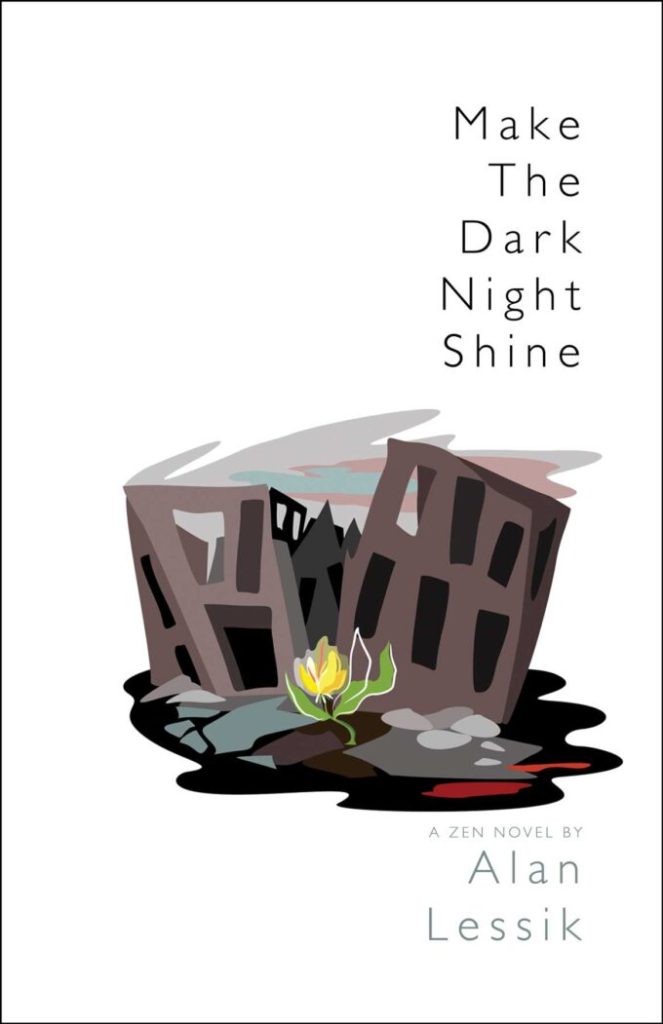
Buy from:
In 1919, Uchida Kenzo, the illegitimate son of a well-connected Japanese politician, arrives in Stambul to open the new Japanese Consulate. Joining him is Katayama Mitsu, the intelligent and competent son of a poor, but not as well-placed, family. After the Meiji Restoration, Japan is eager to enter the greater world stage, and has jettisoned many of its centuries-old traditions; even so, Kenzo and Mitsu considered themselves practitioners of the ancient tradition of shudō, a sacred intimacy between men of the samurai class. Gül (Kenzo and Mitsu’s Turkish aide from the Consulate), quickly discerns the nature of their bond, and advises Kenzo to acquire a “beard:” a female consort to hide his Gay relationship, and also make him more acceptable to European society. Kenzo subsequently meets Elisa, a Ukrainian refugee, an independent and ambitious woman with knowledge of French and English, who accepts his proposal to act as his consort. The three, together with Gül, travel Europe and eventually end up in Paris, where Mitsu dies from influenza, Kenzo is recalled back to Japan, and Gül and Elisa emigrate to America.
The above synopsis is only the first half of Make the Dark Night Shine: A Zen Novel by Alan Lessik, an exciting compilation of decadent adventure, where Kenzo, Mitsu, and Elisa attend balls and banquets, hear opera, encounter (to them) exotic European religious and cultural traditions, and visit the Gay underworld of metropolitan Europe with Gül. The second half of this novel, after Kenzo returns to Japan, is a completely different journey, foreshadowed by the subtitle: after surviving the Great Kanto Earthquake of 1923, Kenzo starts on the path of Zen Buddhism, eventually being ordained a Zen priest. His pilgrimage is mostly solitary, but along the way he encounters unexpected truths about his own family, not the least that Elisa is the mother of his daughter, a girl named Nina.
The novel, ostensibly penned by Kenzo while he is imprisoned in London during the Blitz, is more than the memoir of a Zen priest awaiting death, but is a letter to his daughter, an attempt to connect with the child he was able to glimpse once while in New York but never meets. It is also an attempt by the author to recreate the beginning of Nina’s story for her (the real-life Nina was his aunt, who died in 2016). It is not surprising then that the novel feels like an extended meditation on the familial bonds that bind us, be they blood family or found family. And once he is ordained, Kenzo’s definition of “family” comes to encompass all of humanity, as he works (in vain) for peace in a world hell-bent on war.
Lessik’s research is extensive, encompassing both Europe and Japan between the two World Wars as well as New York on the cusp of World War II. Although inspired by Lessik’s own family history, how much of the novel is “true?” (I mean, Kenzo and Mitsu meet Gertrude Stein and Alice B. Toklas while in Paris, and Elisa models for Picasso.) Well, very little of the narrative may be factual, but the novel contains many truths, be they philosophical, historical, or emotional. “True” or not, Lessik’s novel is sweeping in scope, and all of it makes for compelling reading–the second half no less than the first half.
Reviewed by Keith John Glaeske
